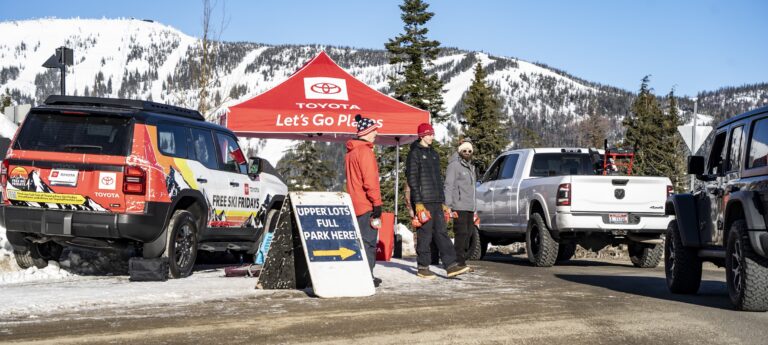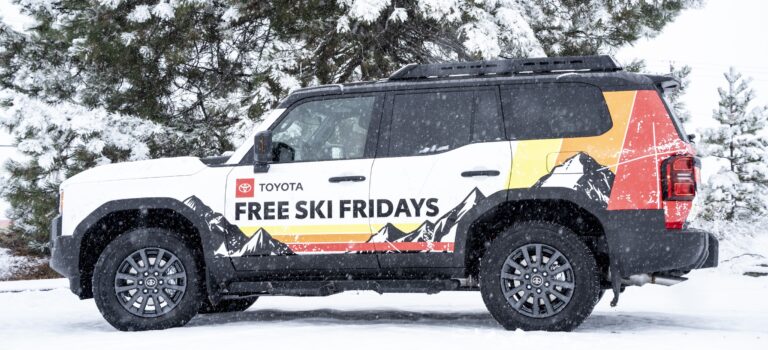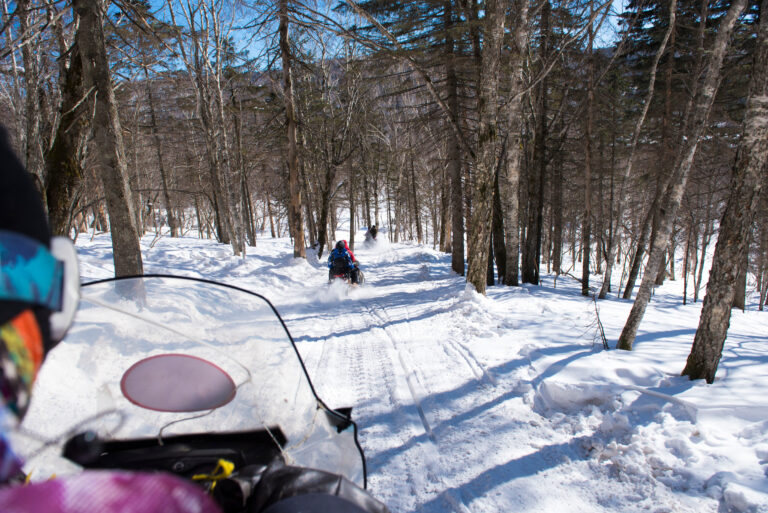What Your Diet is Missing
Summer is on its way, and we’re heading out for our day trips, backpacking adventures, and those fantastic beach picnics. There is some unwritten Law of Outdoor Metabolism that predestines us to consuming potato chips, energy bars, or anything covered in barbecue sauce when we’re planning on eating outside.
While we may want to enjoy the calorie density of these foods when we are recreating, many of them are woefully deficient in nutrients, along with a seldom-recognized compound called fiber. There is sometimes a reason for this. Fiber’s important role in having healthy bowel movements means we don’t really want a lot of it, say, when we’re running a marathon.
Fiber contributes to the stability and health of other functions in our body as well. For example, studies show that fiber aids in blood sugar regulation, helping us maintain more stable energy levels. High fiber diets correlate to decreases in heart disease and stroke risk. Fiber also forms good stool, promotes gut health, and aids in the excretion of toxins from your body.
As the science is well established to support that we need fiber, most of us just need to know where to get it. It is found in vegetables, the dark, leafy greens, beans and legumes, avocados, nuts and seeds, fresh fruit, whole grains. It is not found in energy gels or beef jerky, though an argument could be made in favor of potato chips.
When we list those fiber-friendly foods, not too many of them are on our ultra-light backpacking camp-food list. Wilted kale salad doesn’t last long in the stash pocket of my pack either. Just because I’m a nutritionist doesn’t mean I like to eat food that tastes like it came out of the south end of a drowned rabbit. Spirulina falls into that category, by the way.
The last thing we want to be dealing with when we’re adventuring outside is the inability to pitch a proverbial loaf. Aside from carrying all that unnecessary weight around, slow motility (or no motility) causes discomfort, bacteria overgrowth, and the resulting fatigue, headaches, and foggy brain. How do we sneak the right amount of fiber into our adventure menus without chewing on the latest colon-cleanse supplements?
Carrots and apples: Yes, these have vitamins and fiber, but really they are just a transporter for peanut butter or almond butter, which is also high in fiber and has some great proteins and fats. The former will keep for days in your pack, the latter has a half-life of something like 800 years at room temperature.
Trail mix: Trail mix can be loaded with extra sugars, from white chocolate chips to cranberries and dried bananas. If it has nuts, it’s also loaded with fiber. Add pumpkin seeds for some extra zinc, almonds for some extra Vitamin E, and your tissues, both internal and external, will thank you.
Oatmeal and muesli: My favorite camp breakfast is a bowl of homemade, hot cereal. Oats are a great start, but if you’re going for calorie density, think chopped nuts, chia seeds, flax meal, hemp seeds, and ways to increase nutrient density. The latter all have protein, essential fatty acids, and high fiber content.
Rehydrated meals: Preparing and dehydrating your food means you know exactly what’s gone into it. My personal favorite is a sausage, kale, and sweet potato scramble loaded with mushrooms, onion, garlic, and other things that make sure my tent mate stays on their side. Other favorites are lentil stews and anything with artichoke hearts.
Homemade or hippie store energy bars: There’s a multi-billion dollar market out there right now for convenient eats that are loaded with super foods. Their ingredients look like buzzword bingo from Dr. Oz. If they have flax, chia, seeds, and that amazing spirulina, you might just be getting some bang for your buck.
Crackers: Like carrots, these are just transporters of better things, such as salami and cheese. Salami lives longer in the outdoors. If your crackers are made with whole grains, nuts, or seeds, they’re bringing more than some empty carbs.
This summer, when you’re packing to feed yourself, friends, or family outside, remember the essentials and don’t forget the fiber. If it’s a picnic, bring some fresh fruits and vegetables. If you’re headed out for longer, sneak in some of those ingredients so you and your body can be happy campers. //
Ammi Midstokke goes outside to do all the things without prejudice or preference, so long as it justifies more calories in the form of peanut butter. Last month, she wrote about climbing Kilimanjaro.













